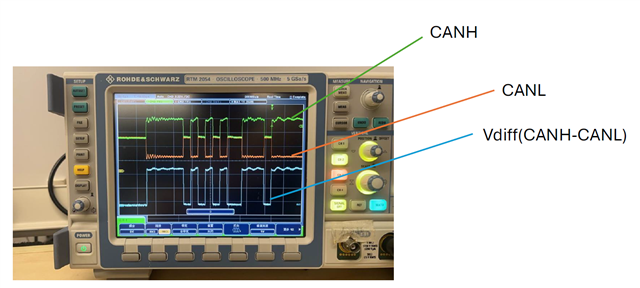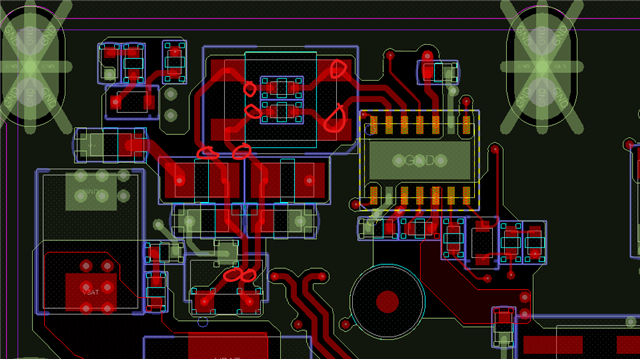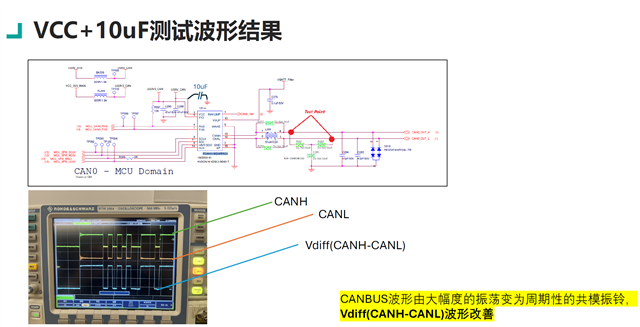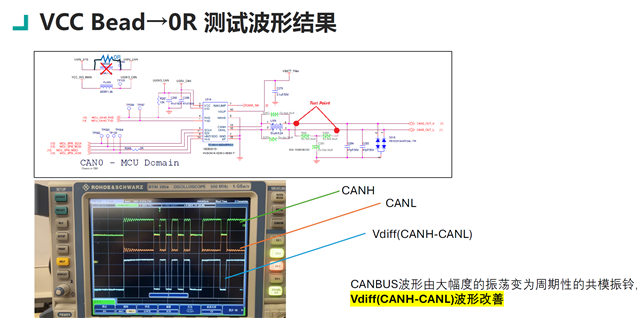Tool/software:
Hi team,
My customer are using TCAN1145DMTRQ1 for their project, when they test the CAN bus waveform, the result looks abnormal. Can you please help analysis the reason? Thank you
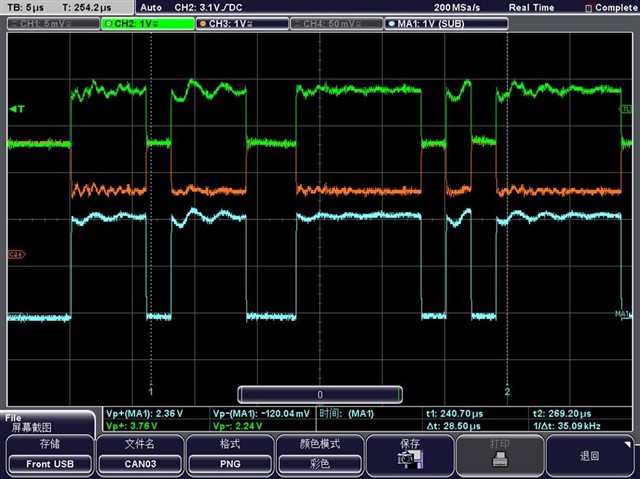
They use the 120R terminal resistor at the end of CAN bus cable when operate the test.

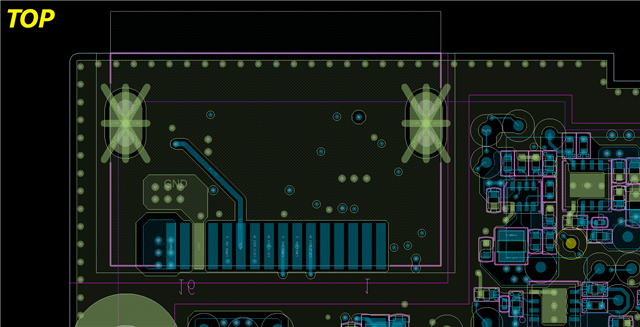
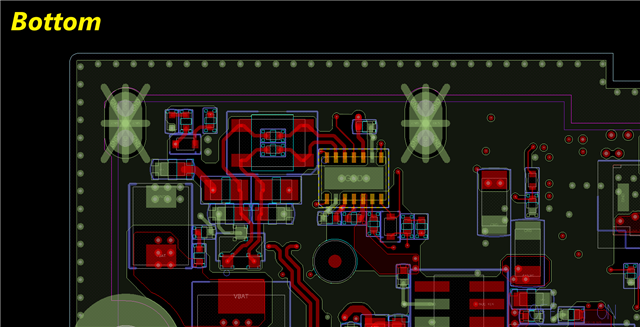
Best Regards,
Xiaowei Zhang


